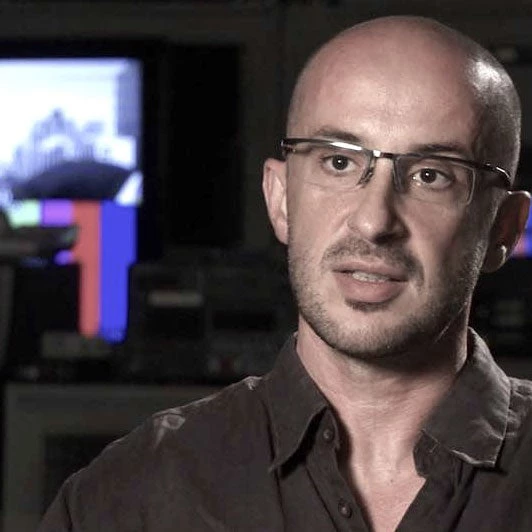I had already spent a few days with Niassa National Reserve rangers in Mozambique, patrolling the area by 4x4 on dirt roads, and taking long walks in the middle of the bush on an almost silent commando operation. During a break on one of the forward operative posts I was asked to explain why I, a filmmaker for the Global Wildlife Program (GWP), was making videos about them, and how I felt about being there.
What could I say to this group of intrepid rangers who looked at me with a mix of empathy and confusion, wondering what I was doing at the reserve equipped with just a video camera? Especially when they told me stories about how every time they were on patrol there was the potential to face deadly encounters with cobras and lethally venomous black mambas, or be charged by buffalos and elephants, and the worst—facing off with poachers armed with AK-47s and backed by well-resourced, sophisticated wildlife trafficking syndicates.
I have been covering wars and conflicts since 2000, from being embedded with the U.S. Marines in Afghanistan to documenting the Libyan revolution, among others. But the war to protect elephants and wildlife involves another type of battleground. In this conflict, you can feel the danger and the tension, but you can’t predict an encounter with poachers or when the situation can explode. The enemy can even be on your side—embedded within law enforcement, government, ports authorities, local villagers, etc. Despite being a paramilitary force, rangers are rarely well-equipped enough in armed confrontations with poachers carrying war weapons stocked with ammunition.
And, they are in a race against time. In the past seven years, government statistics show that poachers have killed half of the elephants in Mozambique. Just 10,000 remain. As Niassa’s chief ranger José Sitoe explained, if the current threat to the elephants continues, they are in danger of extinction.
Rangers’ lives are in constant danger too. At least 100 rangers die each year protecting parks and wildlife—an average of two per week, according to the International Ranger Federation and the Thin Green Line Foundation who have been tracking these statistics since 2009. In addition to the obvious safety concerns, rangers in Asia and Africa also face excessive health risks and infectious diseases, according to the largest and most comprehensive survey on ranger welfare, released last month by the World Wildlife Fund (WWF). The survey also shows that rangers struggle with basic welfare needs such as shelter and clean water, face “glaring gaps” in training and upgrading of skills, “inadequate communication equipment, lack of transport, low wages and ultimately, inability to respond to the ever-evolving tactics deployed by poachers.”
Over the course of the 10 days I spent with the rangers, they offered up their own extensive list of difficulties and challenges, including too few men, who are often ill-equipped, to cover massive terrain, not enough, and aging vehicles, and the inability to address imminent threats quickly. They also listed more basic needs like better food and more blankets.
At the same time, I could see the commitment, courage and bravery of these men. I could feel their anger and sadness as they told me stories about finding dead elephants, or when they were on the heels of poachers who managed to escape. And despite constant patrols in what could become hostile territory, the majority of the rangers I talked with had, as Chief of Operations Sebatiao Saize told me, “conservation in their heart, and a love for nature.”
All these men have families, wives and children who worry every time they leave home with their uniform in their bags on the way to the rangers’ base camp, sometimes away for months at a time. I could sense from the expressions on their face that their intense and challenging work is not properly or often recognized.
Still, in one of the most rough and tough areas to be a ranger, with too few resources, this troop of dedicated rangers want their children and grandchildren to enjoy the sight of wild elephants in Niassa.
Finally, I had an answer.
I know it can be a difficult and thankless job defending the elephants, I told them, to fight the poachers when there are higher powers in charge and international mafias with their tentacles everywhere, not just in Niassa but all over the world. I told them how I have seen them patrol and how they care, and how frustrated they become when they cannot do their jobs properly because of adversities that have nothing to do with their will and skills.
That’s why it is important that I tell their story, I said, to show everyone they are putting their lives on the line to save the elephants, making a difference for nature and for the future of Mozambique.
If you want to experience being on the frontlines with Niassa’s rangers, please watch this four-part series: Niassa Elephant Defenders
Niassa Elephant Defenders is the seventh video created for the Global Wildlife Program (GWP) by award-winning filmmaker, journalist, and photographer Raul Gallego Abellan. You can view his others—filmed in Gabon, Mozambique, and Vietnam—on the GWP’s website. Raul just returned from filming in Malawi and Zambia for the GWP.


Join the Conversation